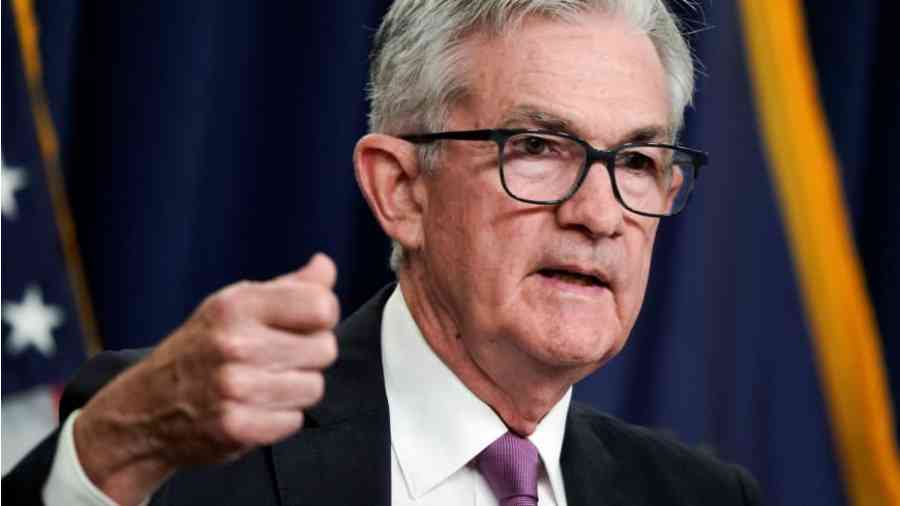The most anticipated economic event of the summer is set to happen on Friday, when Jerome H. Powell, the Federal Reserve chair, provides an update on the economic outlook that could detail how the central bank is thinking about inflation and the path ahead for interest rates.
Powell’s speech at the Federal Reserve Bank of Kansas City’s annual conference near Jackson, Wyoming, is always closely watched.
But it is getting special scrutiny this year as investors grasp for any hint at what might come next for the Fed, which has been raising rates rapidly in its campaign to tamp down the fastest rate of inflation in 40 years.
Markets are trying to guess when the central bank, which raised rates by an unusually quick three-quarters of a percentage point at each of its last two meetings, will slow down.
Inflation has shown some early signs of moderating, which could point toward a less aggressive Fed policy path.
But prices are still increasing at more than three times the pace the Fed aims for, creating a pressing challenge for consumers who are struggling to afford day-to-day necessities like rent and food as wages fail to keep up.
As officials weigh both glimmers of hope and a still-worrying pace of inflation, they are attempting to achieve a delicate balancing act.
The Fed is trying to avoid restricting the economy so much that it plunges the US into an unnecessary recession, while restraining it enough to bring price increases fully and firmly back under control.
Powell has historically used his remarks at the conference, colloquially called Jackson Hole for the area where it is held, to detail big ideas.
He laid out a new framework for monetary policy at the gathering in 2020 and in 2021 provided reasons — which have since failed to pan out — for why inflation might fade.
Fed watchers are hoping that this year’s meeting will both dissect what has gone wrong with inflation and how the Fed is thinking about its next steps as it tries to tame it. Officials have already lifted the federal funds rate from near-zero in March to a range of 2.25 to 2.5 percent in July, making for the fastest series of policy moves since the 1980s.
Continued rapid rate increases would help to cool down the housing market and broader economy, slow consumer spending and business expansions, and eventually weigh on wages and prices.
But quick Fed rate adjustments also carry a risk: They have historically caused recessions as more expensive borrowing has slammed the brakes on business activity.
The Fed’s war on inflation four decades ago led to painfully high unemployment that cost families their livelihoods.
It has been trying to slow the economy enough to prevent inflation from becoming more permanent without raising rates so starkly that the resulting shock inflicts undue pain on the labour market.
New York Times News Service











